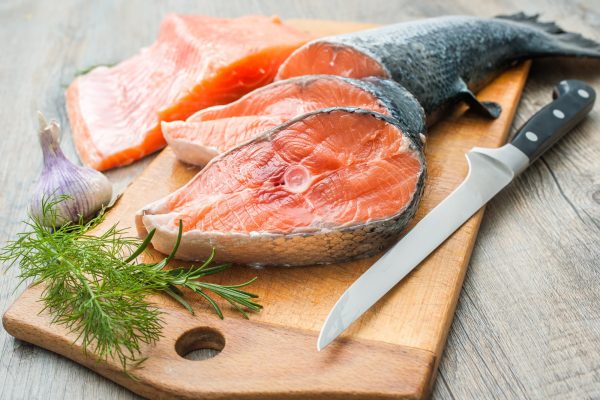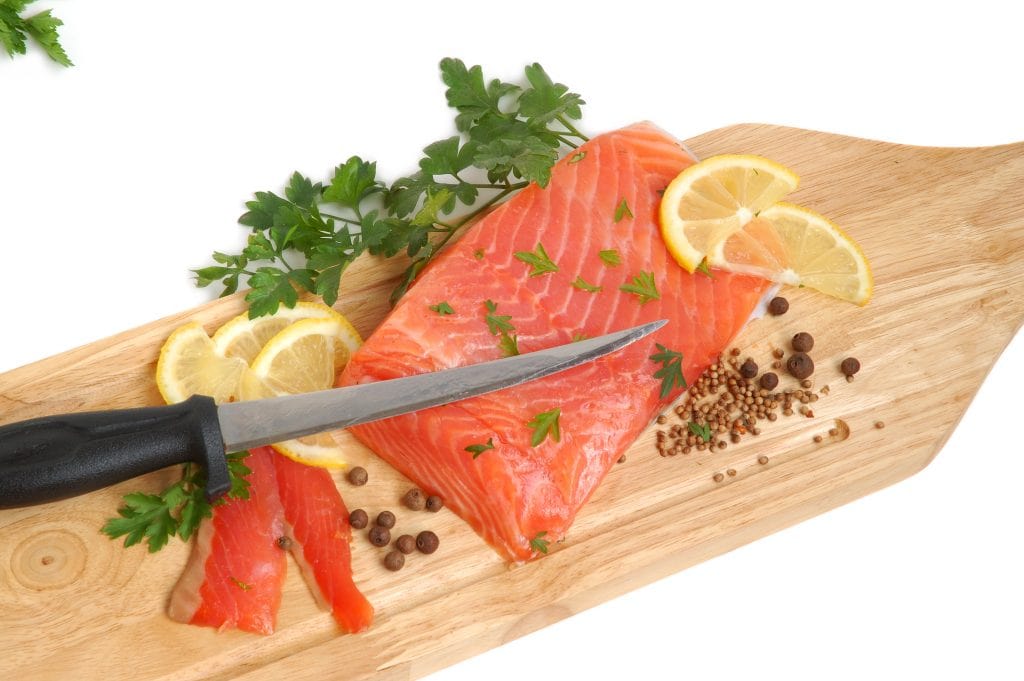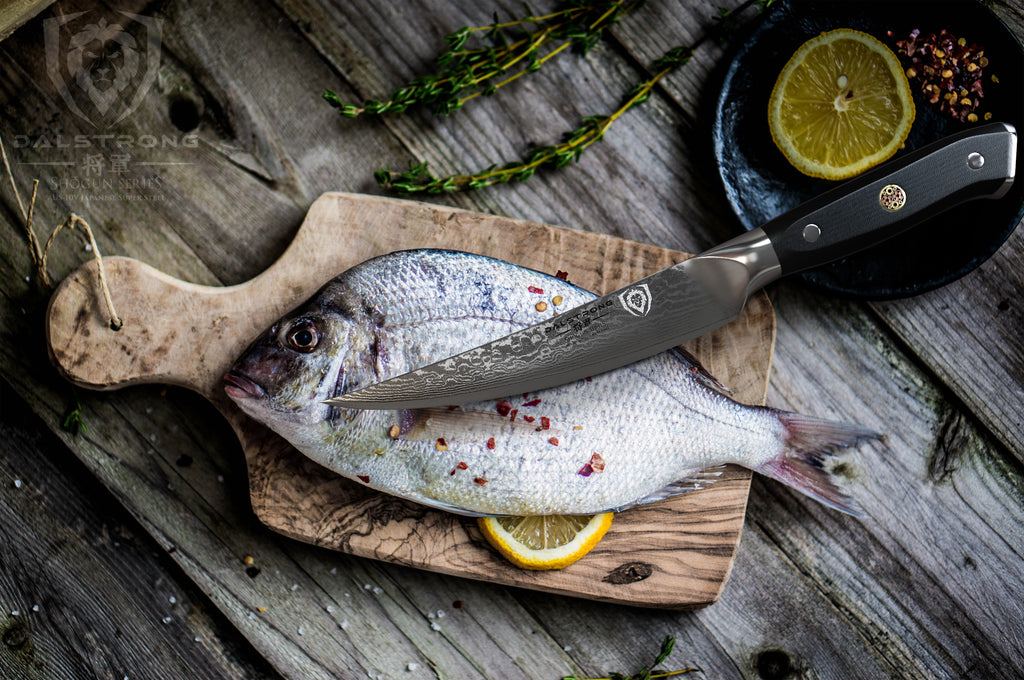If youve ever wondered how to clean crappie with a fillet knife, youre in luck! In this detailed guide, well walk you through every step to make the process simple and efficient. Whether youre a seasoned angler or a kitchen hobbyist, having the skills to properly clean your catch can make a significant difference in your cooking experience. Using a fillet knife is an essential part of this process, allowing for precise cuts and ensuring you get the most out of your fish.

Introduction to Cleaning Crappie
Cleaning crappie can be a rewarding experience, especially when you know how to do it correctly. Crappie, known for their delicate and delicious flesh, are a favorite among many anglers. However, to fully enjoy their taste, you need to clean them properly. This article will provide you with a step-by-step guide on how to clean crappie with a fillet knife.

Why Use a Fillet Knife?
A fillet knife is specifically designed for cleaning fish. Its thin, flexible blade allows for precise cuts along the fish’s bones and skin, ensuring that you waste as little meat as possible. Using the right knife is crucial for an efficient and clean fillet.
Choosing the Right Fillet Knife
Not all fillet knives are created equal. When selecting a knife, consider the following:
- Blade Length: For crappie, a blade of 6-7 inches is usually sufficient.
- Flexibility: A flexible blade helps in making precise cuts.
- Handle Grip: Ensure the handle provides a comfortable and secure grip.

Preparations Before You Start
Before you start cleaning your crappie, gather all necessary equipment. This includes your fillet knife, a cutting board, and a bowl for the cleaned fish. Its also a good idea to have some paper towels on hand to keep your workspace clean.

Step-by-Step Guide to Cleaning Crappie
1. Scaling the Fish
Start by scaling the fish. Using a fish scaler or the back of a knife, scrape from the tail to the head to remove all scales.
2. Making the Initial Cut
Make an incision just behind the gill cover, cutting down to the backbone.
3. Follow the Backbone
Angle your knife and carefully follow the backbone towards the tail. Ensure youre cutting just above the bones to maximize the meat.
4. Removing the Fillet
Once you reach the tail, flip the fillet over and remove it from the skin. This can be done by running your knife between the meat and the skin.
5. Repeat on the Other Side
Flip your crappie over and repeat the process on the other side.
Trimming and Cleaning
Removing Remaining Bones
After filleting, check for any remaining bones and remove them using tweezers.
Rinsing the Fillets
Rinse your fillets under cold water to remove any remaining blood or scales.
Storing the Fillets
If youre not cooking the fillets immediately, store them in the refrigerator or freeze them for later use.
Common Mistakes to Avoid
Avoid these common mistakes to ensure you get the best fillet:
- Using a dull knife
- Not scaling the fish properly
- Cutting too deeply into the backbone
- Not removing all bones
FAQs
What is the best knife for cleaning crappie?
A 6-7 inch flexible fillet knife is ideal for cleaning crappie.
Can I use a regular kitchen knife?
While you can, a fillet knife is specifically designed for the task and will give better results.
How do I store crappie fillets?
Store fillets in the refrigerator for up to two days or freeze them for longer storage.
For more knife-related tips, check out this guide on Japanese Chef Knife.
As an Amazon Associate, I earn from qualifying purchases.


